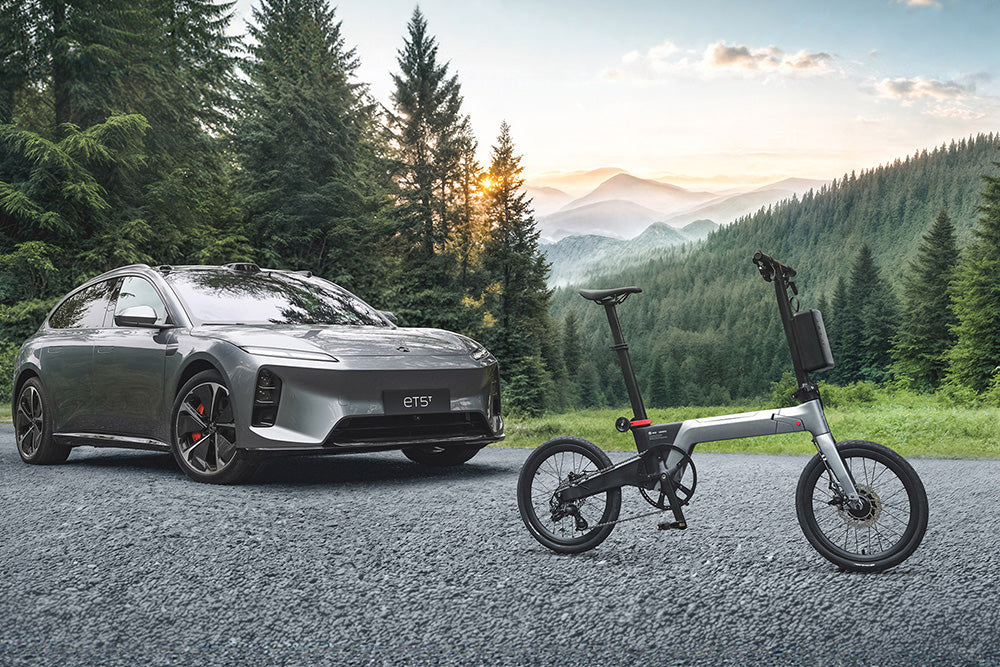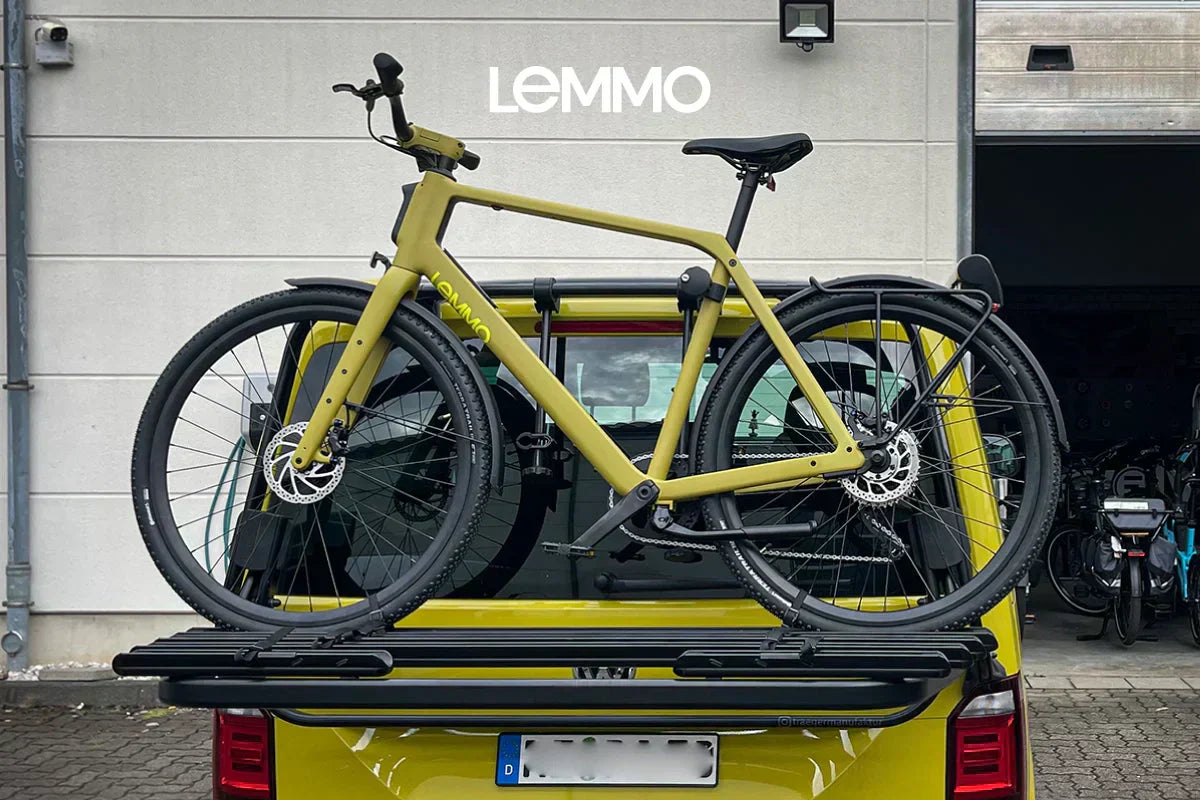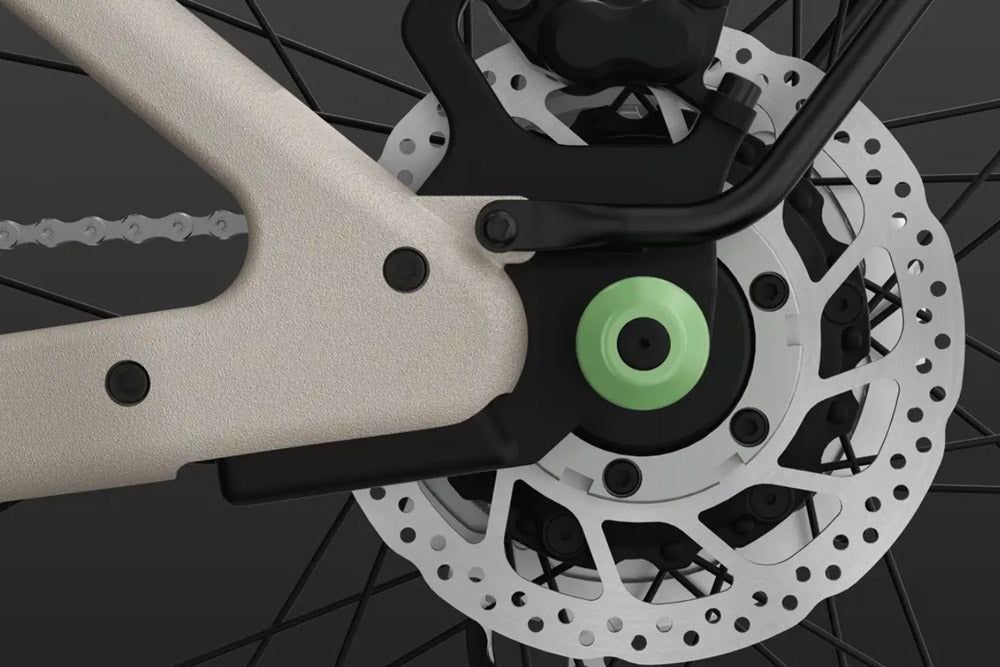There's no denying that e-bikes are more popular than ever before. More and more people are trading their cars for bicycles, with many opting for e-bikes directly. One particularly interesting trend is the growing number of people over 50 who, despite initial skepticism, are increasingly choosing e-bikes, especially since the COVID-19 pandemic. This shows that there are many good reasons to switch to e-bikes. They are not only sustainable and flexible but also promote health. This comprehensive e-bike guide covers all the essential aspects you need to know before deciding on an e-bikes.

What is an E-Bike?
An e-bike or electric bicycle is a bicycle equipped with an electric motor and a battery. The motor assists the rider's pedaling, making it easier to ride uphill or against the wind. The battery powers the motor and is rechargeable.
How Does an E-Bike Work?
An e-bike combines the effort of traditional cycling with the support of an electric motor. The motor is activated by the rider, either through pedaling (pedelec) or twisting the throttle (e-bike with throttle support). The level of assistance can often be adjusted to control riding comfort.
The battery is a central component. It stores the electrical energy needed for the motor. Modern e-bike batteries are lightweight and powerful. The range of an e-bike depends on the battery capacity. Typically, riders can choose between pedal-assist or pure electric mode.
Why E-Bikes are So Popular:
- Sustainability: E-bikes are considered an environmentally friendly alternative to motorized vehicles. They produce no harmful emissions and contribute to reducing the ecological footprint.
- Flexibility: With an e-bike, you have flexibility in your travels. You can bypass traffic issues, use bike lanes, and are not reliant on parking spaces. This significantly increases everyday flexibility.
- Health Benefits: The built-in motor in e-bikes allows people of all ages to stay active. Older individuals appreciate assistance while pedaling, enabling them to ride longer and further.

Types of E-Bikes
- Commuter E-Bikes: Designed for daily commuting, these e-bikes focus on efficiency and comfort. They often feature fenders, lights, and racks for practical urban use.
- Mountain E-Bikes: For adventurous riders tackling challenging terrain, mountain e-bikes come with sturdy frames, powerful motors, and specialized off-road tires. They provide the necessary support for climbing and conquering difficult trails.
- Folding E-Bikes: These e-bikes are characterized by their compact design and are ideal for commuters who need to bring their bikes on public transportation or save space at home. Despite their foldability, they offer powerful riding capabilities.
- Cargo E-Bikes: With additional cargo space in the front or rear, cargo e-bikes are perfect for transporting groceries, luggage, or children. They combine payload capacity with electric assistance, making cargo transportation easier.
- City E-Bikes: Specifically designed for urban commuting, city e-bikes feature amenities such as integrated lights, fenders, and often a more upright riding position. They offer a comfortable and efficient way to get around the city.

Regulations and Laws for E-Bikes
- Classifications and Speed Limits: E-bike classifications vary by region. Some countries have Class 1 e-bikes with assistance up to 20 mph, while Class 3 e-bikes can support up to 28 mph.
- Age and License Requirements: Requirements also vary. In some areas, teenagers may only ride e-bikes from a certain age, while in other countries, no specific license is required.
- Helmet Requirements and Traffic Regulations: Helmet requirements depend on the e-bike class and local laws. In some regions, riders must wear helmets regardless of the class, while in others, it applies only to certain classes. Adhering to traffic rules is necessary in any case.
So if you're looking for an efficient and environmentally friendly mobility solution, an e-bike could be the ideal choice for you. These innovative modes of transportation not only provide an alternative way to get around the city but also open up new horizons for exploring nature.
In conclusion, it's important to emphasize that responsible riding should always be a priority. Follow local laws and regulations, wear appropriate safety gear, and enjoy the ride with your e-bike. We hope this article has helped you better understand the world of e-bikes and make an informed decision.




